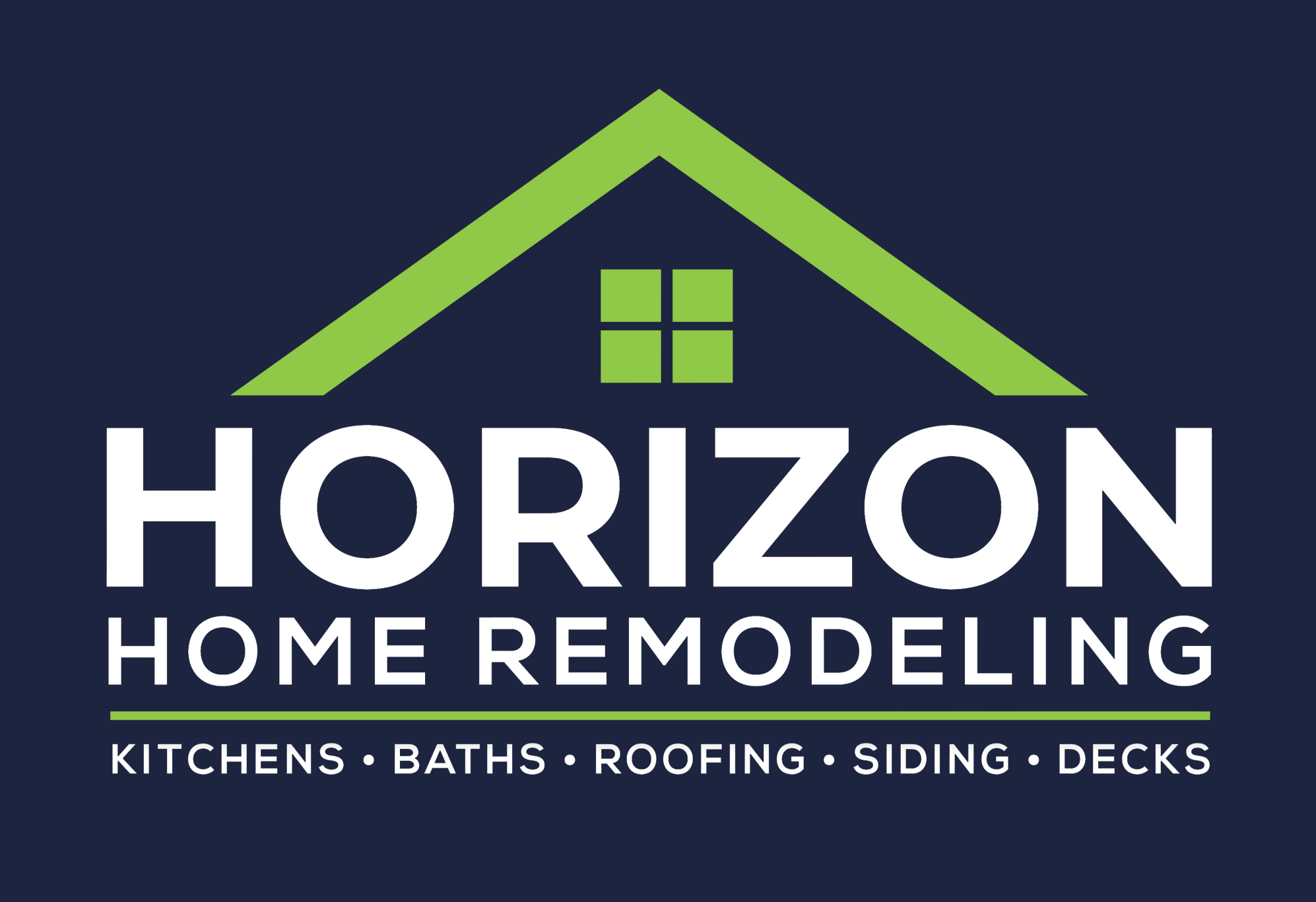Home remodeling can be an exhilarating yet daunting process. Whether you’re looking to modernize your kitchen, add a new bathroom, or transform your living space, understanding how to effectively budget for your project is crucial. This guide will explore essential strategies for locking in costs, how to plan for contingencies, and tips for maximizing your investment.
The Importance of Budgeting in Home Remodeling
Budgeting is not merely a financial exercise—it’s the foundation of your remodeling project. A well-thought-out budget can help you:
- Avoid overspending
- Prioritize your needs and wants
- Facilitate smoother project execution
- Minimize financial stress
Let’s delve into the different aspects of effective budgeting for your home remodeling project.
Understanding Your Home’s Current Value
Before embarking on a remodeling project, it’s important to assess your home’s current value. This will assist you in estimating how much money you should invest in renovations without overcapitalizing.
- Consult Real Estate Listings: Look for homes in your neighborhood with similar square footage and features to gauge your property’s market value.
- Hire an Appraiser: A professional appraiser can provide an objective value and suggest areas that would yield the most return.
Setting a Realistic Budget
Once you’ve established your home’s value, the next step is creating a realistic budget. Here’s how you can structure it:
- Determine a Budget Range: Based on your home’s current value and your financial situation, establish a budget range for your remodeling project.
- Include All Costs: Consider both hard costs (materials, labor) and soft costs (permitting, design fees). A common rule of thumb suggests allocating 10-15% of your budget for unexpected expenses.
Breaking Down the Budget Categories
Your budget should encompass several key categories:
1. Construction and Materials
This is typically the largest portion of your budget. When estimating costs, consider the quality of materials, labor costs in your area, and potential waste.
2. Design and Planning Fees
Hiring an architect or interior designer can add to your costs but may be worth it for complex projects.
3. Permits and Miscellaneous Costs
Remember to factor in the cost of permits, inspections, and unexpected necessities like unexpected issues in plumbing or electrical systems.
4. Contingency Fund
It’s wise to set aside at least 10-15% of your total budget as a contingency fund for unexpected expenses.
Researching Costs: Tips and Tricks
To ensure you remain within budget, conducting thorough research is key:
- Compare Prices: Obtain quotes from multiple contractors to find the best deal. Don’t hesitate to negotiate.
- Consider DIY Options: Tackling smaller tasks yourself can significantly reduce labor costs.
- Plan for Seasonal Discounts: Many suppliers have sales during off-peak seasons, allowing you to save on materials.
Case Studies: Budgeting in Action
To further illustrate effective budgeting strategies, let’s examine a couple of real-life examples:
Case Study 1: Kitchen Remodel
A family in suburban Chicago aimed to remodel their outdated kitchen. They set a budget of $30,000. By:
- Researching local contractors, they found one willing to do the job for $25,000.
- They allocated $2,500 for permits and inspections.
- Setting aside $2,500 for unexpected costs, they maintained a small buffer for additional materials.
Ultimately, they completed the project under budget, spending only $28,000—leaving them with $2,000 to invest in new appliances.
Case Study 2: Bathroom Addition
A family in Austin, Texas, decided to add a new bathroom. They estimated the project at $15,000:
- They diligently tracked expenses, determining that plumbing and tiling would consume a significant portion of costs.
- Through diligent bidding, they found a plumber who could work within their budget.
Despite encountering a hidden structural issue, they managed to stay within a modified budget of $16,500 thanks to their contingency fund.
Maximizing Your Return on Investment (ROI)
When remodeling, always keep the resale value of your home in mind. Certain projects yield a higher ROI:
- Kitchen Remodels: Often cited as one of the highest returns, with an average ROI of 80-100%.
- Bathroom Renovations: These typically offer over 70% ROI.
- Curb Appeal Enhancements: Landscaping and exterior work that enhances your home’s facade provide significant returns.
Final Thoughts: The Path Forward
Home remodeling is an investment in both your home and your lifestyle. By understanding your home’s value, creating a comprehensive budget, and being informed about potential costs, you can navigate the remodeling process successfully.
To summarize, key takeaways from this guide include:
- Assess your current home value to set a realistic remodeling budget.
- Identify and categorize all potential costs, including a contingency fund.
- Research thoroughly to secure the best deals and pricing.
- Focus on projects with higher ROI when planning renovations.
With careful planning and budgeting, your home remodeling project can become a rewarding and enriching experience.



